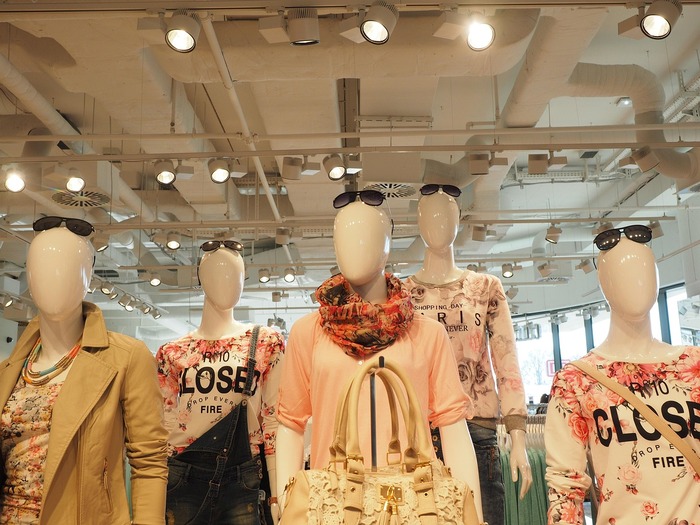Proven electrification technologies, like heat pumps and electric boilers, can replace fossil-fuelled thermal processes—including dyeing, drying, and printing
The high carbon footprint of the fashion industry, especially fast fashion brands, is well known. But there is an opportunity to change that, if the industry decides to act on it. Its best decarbonisation process would be by going for clean heat — using renewable energy during manufacturing.
But since the fashion industry has a dependency amounting to billions of dollars in fossil fuels, it leaves workers at risk while emissions continue to rise, according to a new report by Fashion Revolution.
Titled ‘What Fuels Fashion?’, the report assesses the energy and decarbonisation needs of 200 of the world’s largest fashion brands, who combined have an estimated annual turnover of more than USD $2.7 trillion.
The report found that just 18% of brands disclose coal phase-out targets that cover textile processing, which leaves out the purchase of steam, leaving coal embedded in supply chains. Only 10% of brands disclose supply chain renewable electricity targets and even fewer (6%) disclose broader renewable energy targets.
Hindering decarbonisation progress
According to the report, 90 brands did not reveal the amount of emissions that their whole production process, including supply chains, have. 59% of those brands are publicly-listed companies, exposing a serious accountability gap for investors, which is a glaring ESG oversight.
The report also found that just over half of brands (55%) disclose having a Science-Based Targets initiative (SBTi)-verified target that covers Scopes 1–3 emissions.
Meanwhile, just 29% provide evidence that they have actually reduced their greenhouse gas emissions from the baseline, and only 20% of brands disclose whether they’ve consulted suppliers about their climate targets. According to the report, a mere 9% of these 200 fashion brands have disclosed co-creating climate adaptation solutions.
“The path to decarbonisation will be won or lost by how fashion tackles heat. Industrial electrification is a Just Transition opportunity that must centre workers and suppliers. If fashion fails to act, it jeopardises its integrity in a world moving beyond fossil fuels — and with it, the health, safety, and dignity of the people who make our clothes,” said Liv Simpliciano, head of policy and research at Fashion Revolution.
Solutions exist
The report found that unlike heavy industries like steel and cement, there are low technical barriers to electrification in the fashion industry. There exist proven electrification technologies, like heat pumps and electric boilers, which can replace fossil-fuelled thermal processes—including dyeing, drying, and printing.
The report suggested a framework that the industry can adopt for lowering emissions and improving worker conditions. The ‘Clean Heat for Cool Work’ framework is a call to replace coal, gas and biomass fired boilers with electric alternatives.
This can improve working conditions by protecting workers from heat stress and reduce harmful air pollution inside factories and in surrounding communities. The framework has also suggested adopting low-cost monitoring with high-investment solutions, according to the report.
“The textiles industry can lead by example: because process heat rarely exceeds 250°C, it has the potential to move entirely away from fossil fuels. The possibility is here — now companies must commit and set clear strategies to enable the transition,” said Jan Rosenow, Professor of energy and climate policy at Oxford University.
About The Author
You may also like
Rise in Fossil Fuel Burning is Making Floods Lethal in Asia
Climate Governance Shows Progress, But Gaps Still Remain 10 yrs After Paris Agreement: Report
A Fifth of Migratory Species Face Extinction from Climate Change: Report
Climate change, unplanned construction and a malfunctioning dam can worsen the flooding in north Bengal
Dangerous Heat, Escalating Drought in North America a Threat For 2026 FIFA World Cup: Report

